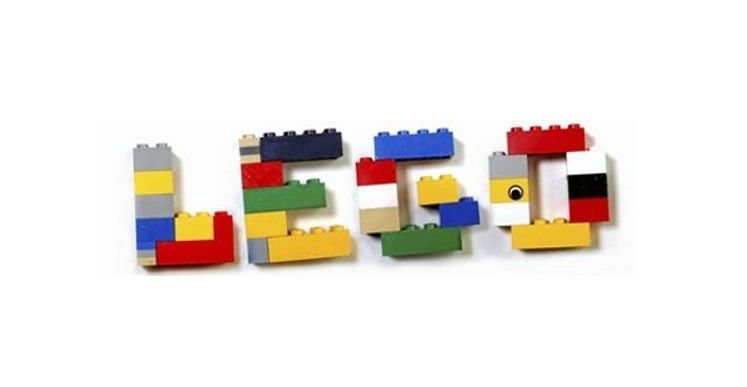
LEGO® therapy was developed 15 years ago by Daniel B. LeGoff, a clinical Neuropsychologist, who noticed an improvement in social interactions in children with Autism and Neurodevelopmental disorders when engaging with LEGO® in a therapeutic and structured manner. LEGO® therapy has been proved as a highly effective tool in the development of appropriate social interactions in children with diagnoses of Autism Spectrum Disorder (ASD), Asperger’s Syndrome, Anxiety, Depression and Adjustment Disorders.
LEGO® therapy is a group-based therapy programme targeted at children between the ages of 5 and 17 years. Each child is assigned a specific, clearly defined task which contributes to the overall success of the groups activity/end product by encouraging active problem solving, social interaction and team work to ensure success.
In each group there are 3 roles, namely the architect, the supplier and the builder – each child is encouraged to stick to their role within the session, but roles are rotated between sessions. The architect holds the instructions as to what bricks are needed for the supplier and how to assemble the end product for the builder. The supplier provides the correct bricks to the builder who then assembles the structure. Effective communication, social confidence, problem solving, and teamwork is actively facilitated in each group session to ensure an accurate and successful end product. Each group is facilitated by a trained adult who uses gentle prompting to ensure the targets for each session are met.
Research studies have found LEGO® therapy to be an effective means of developing “verbal and non-verbal communication, joint attention and task focus, collaborative problem-solving, sharing and turn-taking” (LeGoff and Sherman, 2006).
A study conducted in 2008 showed that children who participated in LEGO® therapy showed a significant improvement in learning, general social skills and behaviour modifications in comparison to a control group who did not receive the specialised LEGO® therapy (Owens, Granader, and Humphrey).
Occupational Therapists are advocates for play and the benefits it has on a child’s performance in other occupational areas, like scholastic performance, social skills and self-esteem. LEGO® therapy provides a wide range of therapeutic benefits, namely fine motor skills and finger strengthening, motor planning and visual perceptual skills, social skills and creative play and, most importantly, self-esteem and self-confidence.
Here at KCC both Occupational Therapists and Speech and Language Therapists incorporate Lego therapy in their treatments. Lego Therapy forms part of the Social Skills grounds ( SSG) we offer here at clinic and the children are loving it!